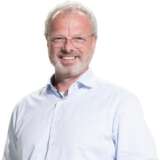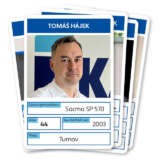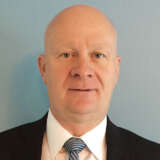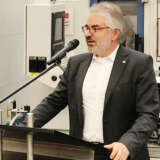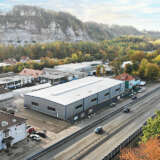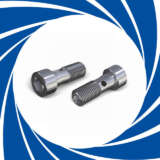Has PPA failed?
This is a question that a lot of people have been asking these past few months. We would like to draw an overview of one of the biggest projects in the history of KAMAX.
In 2019, “Product Plant Allocation” (PPA) was introduced in Europe as part of the company’s strategy to make the organization faster and more efficient. PPA aims for plants to specialize in specific product groups so that they do not compete against one another directly. It’s all in keeping with the principle of “the right part on the right machine.”
As a result in particular of increased customer requirements and approvals from larger customers that were not complied with, the assumptions we had made were no longer accurate. Instead of 75% capacity utilization in our German plants, forecasts were raised to 130% in 2021. External factors such as the pandemic and the chip shortage resulted in additional uncertainties. In the end, this led to a situation where the company was no longer able to react to changes. The result: our plants were confronted with challenges that no one had foreseen.
Yet despite this, it would be wrong to conclude that PPA has failed. The idea that specific products should be produced using particular machines/processes is fundamentally correct. Naturally it is worthwhile to produce higher-quantity products on machines with a higher stroke rate. In the same way, it makes sense to create practical set-up sequences, because this makes it possible to shorten set-up times and have in-plant specialists dedicated to specific product types/categories. Nor would anyone be likely to deny the benefit of streamlining product portfolios in order to increase the focus on high-margin products or products with large batch sizes. That is the only way that we will be able to achieve the operational improvements at the KAMAX Group that we need to remain competitive in the future.
Over the past two years, the team has succeeded in relocating some 70 machines and more than 350 part numbers, most of which are from Alsfeld. Bardejov has conducted numerous audits and obtained key certifications – and it has done all of this in a relatively short period of time. For most staff, this project was on top of their normal day-to-day responsibilities, and accomplishing all of these things simultaneously was a huge feat.
The project has also helped to further integrate operations within Europe. Everyone supported one another, be it with personnel, tools, materials or information. We’ve learned that we are capable of relocating machines and products quickly and effectively. Right now, the focus is on stabilizing the European region. The primary goal is to quickly improve the situation at the Osterode and Homberg plants. Everyone within the European organization has shown an amazing level of dedication and teamwork in dealing with this difficult phase. In the future, transfers and assignments of new products to plants will be reviewed and decided upon within the European organization. In 2023, we will look back at what has been achieved, so that we can learn from mistakes and integrate the expertise gained into our “Footprint 2025”, the company’s strategy for creating an efficient European production structure that is ready for future requirements.
KXpress


